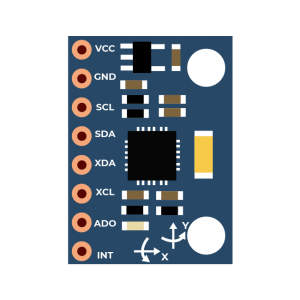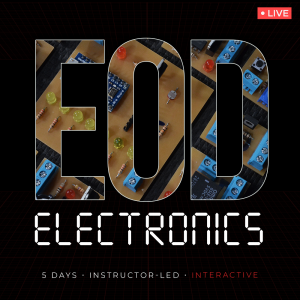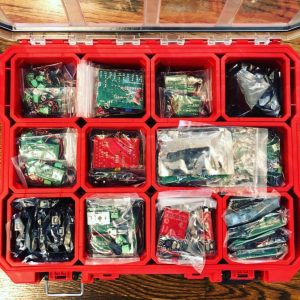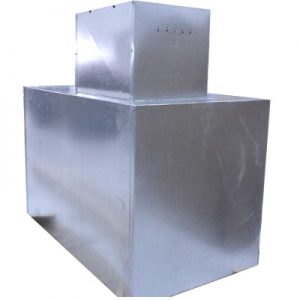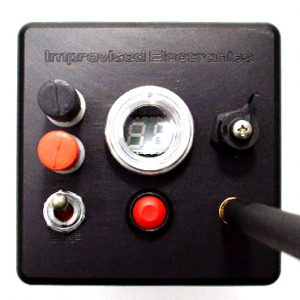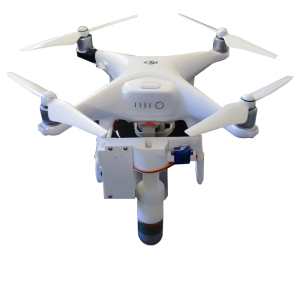Description
Virtual MTT (with kit)
Three-day online course designed to give bomb technicians the tools and technical foundation to build, modify, and validate sensor-triggered IED training aids. This course focuses on giving units the capability to innovate and adapt based on current threat reporting using affordable, off-the-shelf components and a modular codebase.
Course Details
-
Format: Online (live or on-demand)
-
Duration: 3 days (4–6 hours/day)
-
Tools required: Laptop, Arduino board, breadboard, jumper wires, multimeter, basic sensors
-
Prerequisites: Install the Arduino IDE before Day 1
What’s Included
-
Modular codebase with clean, well-commented Arduino sketches
-
Claude-assisted integration—students will use Claude to stitch together example code into bespoke devices
-
Reference guide: electronics fundamentals, pinouts, logic templates, and threat replication notes
-
Daily labs with instructor walkthroughs
-
Certificate of completion
-
Optional post-course support group
Schedule
Day 1: Electronics Fundamentals
Covers current, voltage, resistance, continuity, and basic analog/digital behavior. Students will learn to read schematics, calculate resistor values, use a multimeter, and safely breadboard basic LED and switch circuits.
Day 2: Arduino Programming + Sensor Circuits
Students install the IDE, connect the Arduino, and begin breadboarding sensor-triggered devices. We cover both digital and analog inputs, with an emphasis on real-world sensors used in threat devices: motion, light, magnetic, tilt, and pressure sensors. Students will build and validate single-trigger circuits.
Day 3: Custom Circuits Using Codebase and Claude
Students use the modular codebase and Claude to create bespoke multi-trigger devices. We walk through how to combine triggers (e.g., timed + motion + remote), integrate radios, and simulate real-world IED logic. Students build, test, and validate their own training aids using sensors and radios.
Hardware Used
-
Microcontroller: Arduino UNO or Nano
-
Sensors:
-
PIR motion
-
LDR (light)
-
Reed switch
-
Hall effect
-
Magnetometer
-
Tilt switch
-
Vibration sensor
-
Force Sensitive Resistor (FSR)
-
Ultrasonic distance sensor
-
Accelerometer/gyroscope (MPU6050)
-
-
Radio Modules:
-
433 MHz RF TX/RX pair
-
NRF24L01 transceivers
-
ESP32 (WiFi + Bluetooth)
-
Optional: LoRa (RFM95), GSM
-
Outcomes
Students will leave this course with the ability to:
-
Build, test, and troubleshoot IED-style training aids
-
Simulate remote, timed, and victim-operated triggering logic
-
Read and interpret simple schematics from threat reporting
-
Wire, breadboard, and solder basic sensor circuits
-
Use and adapt the provided codebase for operational training
-
Generate new device logic using Claude, combining modular code snippets into custom builds
-
Establish a technical foundation that supports innovation and experimentation at the unit level
